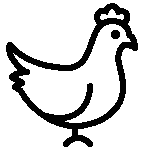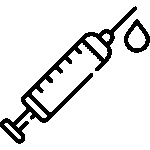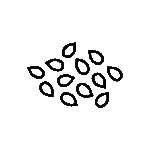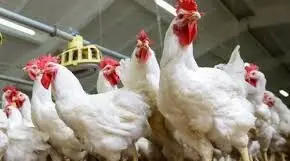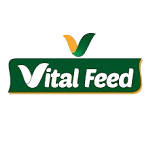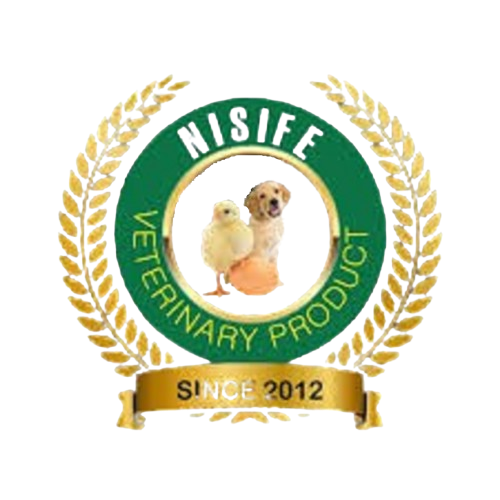Blog
Best Practices for Catfish Farming in Nigeria
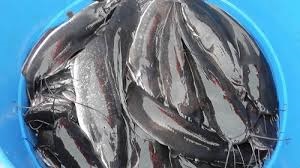
Catfish farming has grown into one of the most profitable segments of aquaculture in Nigeria, driven by high demand for catfish in local markets, restaurants, and households. With relatively fast growth rates and adaptability to diverse environments, catfish offer a lucrative opportunity for farmers. However, success in catfish farming depends on applying the right practices from pond construction to marketing.
1. Choose the Right Farming System
Selecting the appropriate farming system is the first step. Common systems in Nigeria include earthen ponds, concrete ponds, and plastic or tarpaulin tanks. Earthen ponds are cost-effective and suitable for rural areas with good soil and water conditions. Concrete ponds, though more expensive, offer better control over water quality and are ideal for intensive farming. Tarpaulin tanks provide flexibility for small-scale urban farmers.
2. Source Quality Fingerlings or Juveniles
Healthy, fast-growing catfish start with good fingerlings. Purchase from reputable hatcheries with a record of producing disease-free and uniform-sized fingerlings or juveniles. Poor-quality stock often leads to high mortality, stunted growth, and low returns. Ideally, fingerlings should be active, free from deformities, and adapted to your pond environment before stocking.
3. Ensure Proper Pond Preparation
Before stocking, ponds should be prepared to remove harmful organisms, improve water quality, and prevent disease outbreaks. For earthen ponds, drain and dry the pond for at least one week to kill predators and parasites. Apply lime to neutralize acidity and fertilize the pond to promote plankton growth. Clean concrete and tarpaulin ponds thoroughly before use.
4. Maintain Optimal Water Quality
Water is the lifeblood of catfish farming. Catfish thrive in clean, well-oxygenated water. Regularly monitor water parameters such as dissolved oxygen, pH, and temperature. Avoid overfeeding, as decaying feed reduces water quality. In intensive systems, periodic water exchange is crucial to maintain a healthy environment and prevent ammonia buildup.
5. Feed Appropriately and Consistently
Feeding is the largest cost in catfish farming, accounting for up to 70% of expenses. Use high-quality commercial feeds with the right protein content for each growth stage—40–45% protein for fingerlings, reducing to about 30–35% for grow-out. Feed two to three times daily, adjusting the quantity based on fish size and appetite. Overfeeding wastes money and pollutes the water.
6. Practice Good Stocking Density
Overcrowding leads to competition for food, slower growth, and higher disease risk. Stocking density depends on the farming system, water quality, and management skills. For example, intensive concrete pond systems may stock 50–100 fish per square meter, while extensive earthen ponds require lower densities.
7. Monitor Fish Health and Growth
Regular observation is essential. Look for signs of stress, disease, or poor feeding response. Common problems include fungal infections, bacterial diseases, and oxygen depletion. Early detection allows for quick intervention, reducing losses. Keep records of feeding rates, growth, and mortality to track performance.
8. Harvest and Market Strategically
Harvest when fish reach market size (usually 1–1.5 kg in 4–6 months). Staggered harvesting can meet ongoing market demand and maximize returns. Build relationships with buyers such as restaurants, market traders, and processors to ensure quick sales and avoid price drops.
Conclusion
Catfish farming in Nigeria is profitable when managed professionally. Success depends on starting with quality stock, maintaining water quality, feeding effectively, and monitoring closely. By following these best practices, farmers can reduce risks, increase yields, and tap into Nigeria’s growing demand for this nutritious and delicious fish.



